Reform
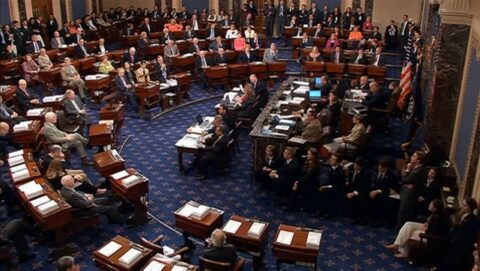
Senate Passes Landmark Immigration Reform Bill
The Senate approved a massive overhaul of the nation’s immigration policies today in a historic vote. They voted 68-32 to approve S. 744, the Gang of Eight’s immigration reform measure that the Senate Judiciary Committee passed in May. Immediately after the vote, Sen. Dick Durbin (D-IL), a member of the Gang of Eight and sponsor of the DREAM Act, tweeted, “Today, we have accomplished something great, made America a stronger nation & honored our heritage as a nation of immigrants.” Before they cast those votes, Senate Majority Leader Harry Reid reminded senators of the human side of immigration. “We’re here to talk about people, not pages of legislation,” he said. Read More

Beyond the Border Surge, What Else Is In the Senate Compromise?
On Monday, the Senate voted 67 to 27 to invoke cloture on Leahy 1183, an amendment to substitute the current version of the Senate’s immigration reform bill, S. 744, with a revised version of the bill that includes a host of amendments that have been referred to as the Corker/Hoeven compromise—or, more simply, the border surge. Thirty hours from that vote—sometime Wednesday morning—the Senate will actually vote on whether to adopt Leahy 1183. The cloture vote is a strong indicator of passage of the amendment and, many predict, of the bill overall. Read More

Nativist Group Fears an Immigration Tsunami Under Senate Immigration Bill
Throughout its history, the United States has benefited in innumerable ways from immigration. Men and women from every corner of the globe, with every conceivable skill set and educational background, have come here and added value to the U.S. economy and U.S. society. Likewise, the arrival of every new “wave” of immigrants has elicited shrill cries from nativists afraid that all of these newcomers will swamp the nation, throw native-born workers out of their jobs, and undermine “our” way of life. The nativists never seem to learn the lessons of history in this regard, because they keep making the same baseless claims, and indulging the same irrational fears, every generation. It doesn’t matter who the newcomers are—Germans, Italians, or Mexicans; Slavs, Africans, or Arabs—the arguments are always the same. Read More
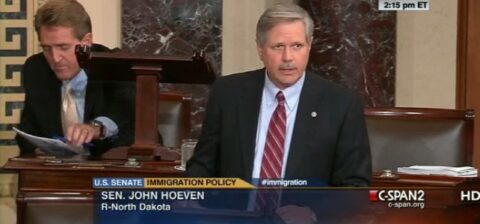
Is a Border Surge the Only Way to Pass Immigration Reform and Ensure Legalization?
During the second full week of debate on S. 744, momentum towards passage increased with a positive CBO score, the defeat of several poison-pill amendments, and the announcement of a Republican border amendment that is thought to bring ten to fifteen Republicans to “yes” on final passage. A series of critical cloture votes is likely to be filed over the next few days, paving the way for a final vote next Friday. Despite this news, the mood is not jubilant, as good policy seems to be losing to pragmatic politics. Read More
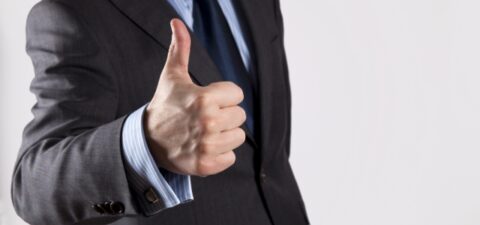
CBO Gives High Marks to Senate Immigration Bill
Yesterday, the Congressional Budget Office (CBO) released its much-anticipated “scoring,” or cost estimate, of the Senate immigration bill. Overall, the numbers are good. Very good. The CBO projects 20 years ahead and predicts fiscal savings in the amount of roughly $1 trillion. In addition, the CBO explained in a separate report that the bill would have a host of economic benefits that are not captured in a strictly fiscal analysis, such as GDP growth, increased productivity, and long-term wage increases. Read More
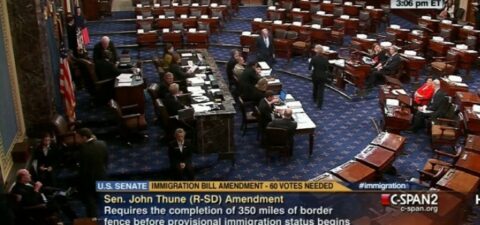
How the Senate Votes On Amendments
The Senate voted on four amendments to the immigration reform bill today, starting the ball rolling on what is likely to be a series of amendment votes over the next few days. The Senate rejected two votes requiring more enforcement at the border as a condition of implementing or completing a legalization program: Vitter 1228, which failed 36-58, and Thune 1197, which failed 39-54. Two other amendments were less divisive: Tester 1198, adding tribal governments to the Border Task Force, which passed 94-0 and Landrieu 1222, an adoption measure, which passed on a voice vote. In each case, in order to be adopted, a sixty vote threshold was required, rather than a simple majority, which has become the norm in the Senate. Needless to say, the variety of votes and rules can be confusing, leading to the need for some background on the amendment process. Read More
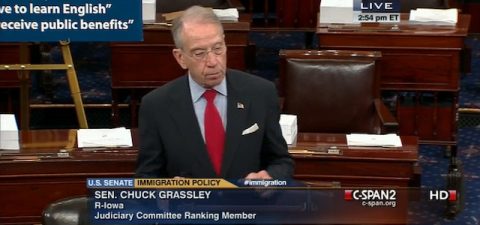
Border Security Amendments To Delay Legalization Harm Immigration Bill Efforts
During The first full day of debate after the Senate approved a motion to proceed to S. 744, the Border Security, Economic Opportunity, and Immigration Modernization Act, several Senators sought to make the debate all about border security. In the process, they proposed amendments that tie border security increases to the start of the legalization program in ways that make legalization a virtually unattainable goal. One of these amendments is from Sen. John Cornyn (R-TX). His RESULTS amendment ties the fate of unauthorized immigrants who are already living in the United States, and who have applied for legalization, to the success of highly stringent border-enforcement measures in deterring future unauthorized immigration. However, applicants for legalization have no control over the ability of the federal government to maintain the integrity of U.S. borders, so there is no logical reason to link their legal status to border-enforcement metrics. The RESULTS amendment also mistakenly views immigration reform as a two-step process: enforcement, followed by legalization. However, the various components of immigration reform must be implemented simultaneously to maximize their effectiveness. The amendment breaks apart what should by a single, integrated revamping of U.S. immigration policy. Finally, the RESULTS amendment contains no mechanism for judging the feasibility or cost-effectiveness of the border-security measures and metrics that it would mandate. Read More

Senate Overwhelmingly Approves Motion To Proceed To Immigration Bill
S. 744, the Gang of Eight’s immigration reform bill, cleared another significant hurdle today when the Senate approved a motion to proceed to the legislation. The motion to proceed passed overwhelmingly by a vote of 84-15. Read More

Procedural Path Of The Senate Immigration Bill
The Senate immigration reform debate has officially begun. Senate Majority Leader Harry Reid (D-NV) filed cloture on the motion to proceed Thursday on S. 744, the “Border Security, Economic Opportunity, and Immigration Modernization Act,” the first step to having the full Senate debate the measure after the Senate Judiciary Committee approved it a few weeks ago. Senators started to make their cases for and against the bill during floor speeches on Friday. On Tuesday, the Senate will vote to end debate on the motion to proceed to the immigration bill at 2:15 p.m. Tuesday and then vote to proceed at 4 p.m. Read More
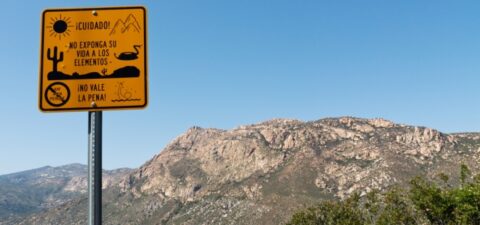
New Report Reveals Scale of Deaths Along U.S.-Mexico Border
Nothing illustrates the high stakes of the immigration reform debate now taking place in the Senate quite as powerfully as the growing body count along the U.S.-Mexico border. Despite the U.S. government’s decades-long effort to stop unauthorized immigration through an “enforcement first” strategy, unauthorized migrants continue to cross the border—and scores die before completing the journey. In fact, the Tucson sector alone witnessed 2,238 migrant deaths between Fiscal Year (FY) 1990 and FY 2012. That is one of the central findings of a new report from the Binational Migration Institute at the University of Arizona, entitled A Continued Humanitarian Crisis at the Border. The report examines data from the Pima County Office of the Medical Examiner to shed light on trends in border fatalities over time, as well as the demographic characteristics of those who died. Read More
Make a contribution
Make a direct impact on the lives of immigrants.
